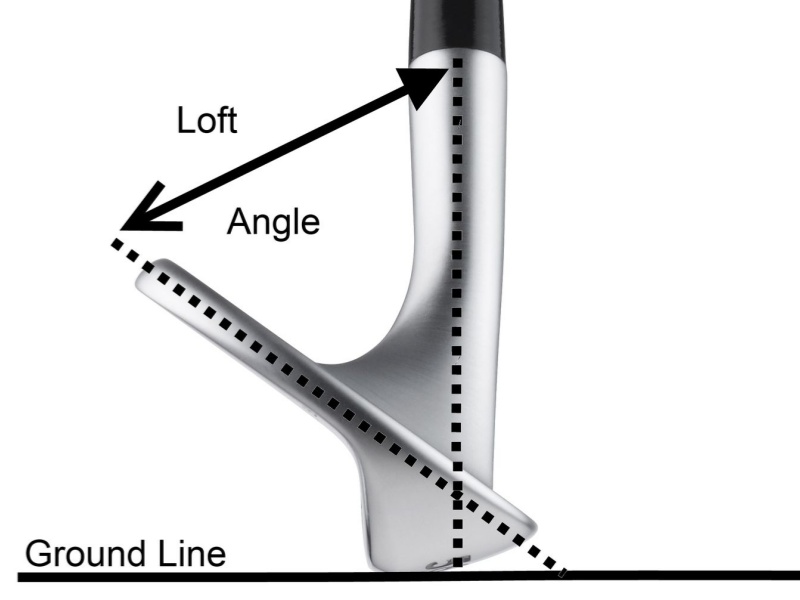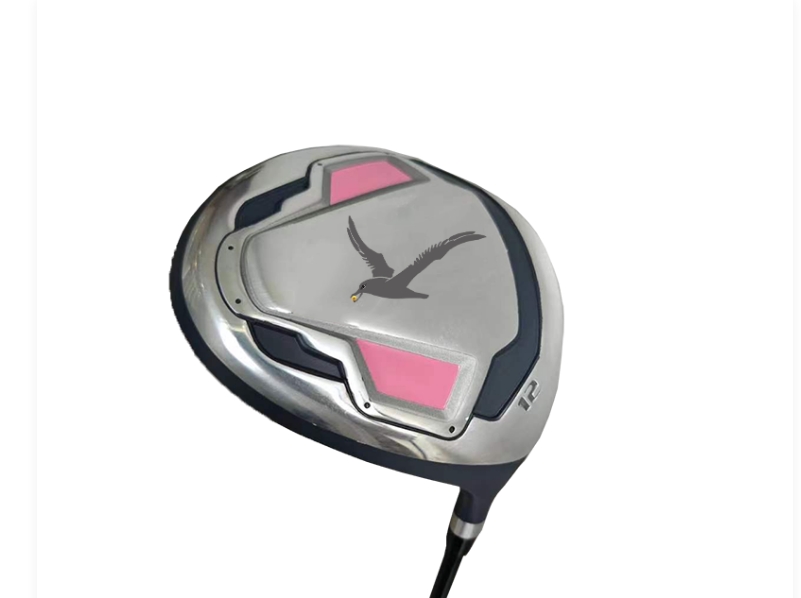
The two key angles that are used to specify a golf club are loft and lie. The loft determines how steeply the ball lifts off from the club. The lie angle determines if the club is level on when addressing the ball. Besides loft and lie, there’re another two angles that are called face angle and bounce. Below, we would like to clarify them one by one.
Bounce Angle
Since the wedge is a separate category in the classification of golf clubs, it does not require a full swing and requires more swing skills. It has a larger angle and is heavier than an iron, and the most important thing is that the bottom surface has a characteristic-a larger bounce angle.
If we put the wedge flat on the ground and make a hitting posture, the rear edge of the bottom of the club touches the bottom surface, and the front edge is tilted up, so the angle formed by the bottom surface of the club and the flat ground is the bounce angle.
The bounce angle of the sand wedge is related to the quality of handling sand balls and greenside chips. When the bottom of the sand wedge touches the sand below, its bounce angle will prevent the club head from sinking too deep into the sand pile. The same bounce angle will also work on long grass or fairways. The bounce angle ranges from 0 to 20 degrees (the bounce angle reading is marked on the wedge) to suit different golf course conditions. Generally speaking, a higher bounce angle is suitable for softer sand or wet and soft fairways.
The width of the club bottom will also affect the effect of the bounce angle. The wider the bottom surface, the more it can increase the bounce effect, and the less likely the club head will sink into the sand pile.
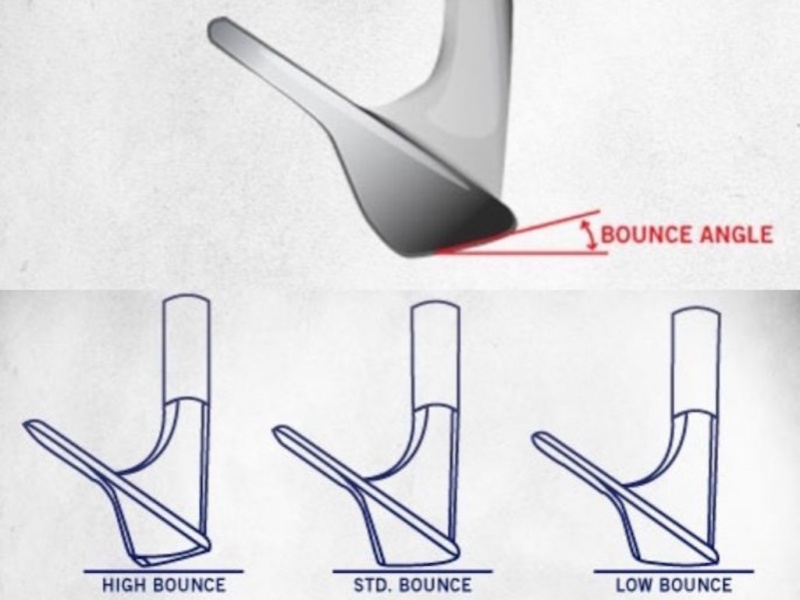
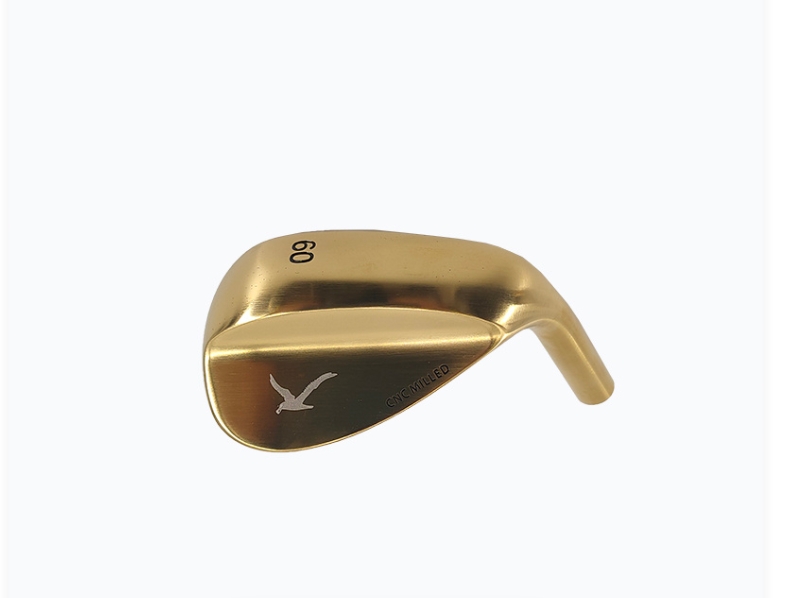
Face Angle
The face angle refers to the direction of the wood club face. Most wood clubs face the direction of the hitting target area directly in front, which is called the natural face, and some are slightly to the left or right, called open face or closed face. The degree of openness or closure is the face angle.
The closing or opening of the hitting face of the wood club head is easy to cause left or right hooks, which is an important factor affecting the direction of the shot or correcting the ball path.
Golfers who often hit right hooks are best to choose wood club heads with closed faces. Now the general draw wood clubs are all closed faces. Whether you like this face or not, it is definitely very effective.
Professional players have a faster swing speed and the ball path is mostly hook, so they are suitable for choosing wood clubs with a face open of 0.5 degrees.
There is no such thing for irons.
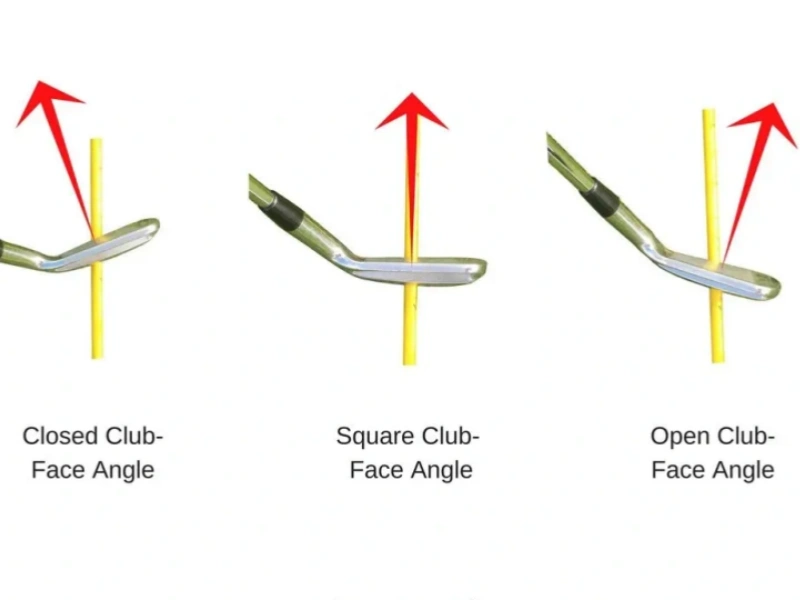
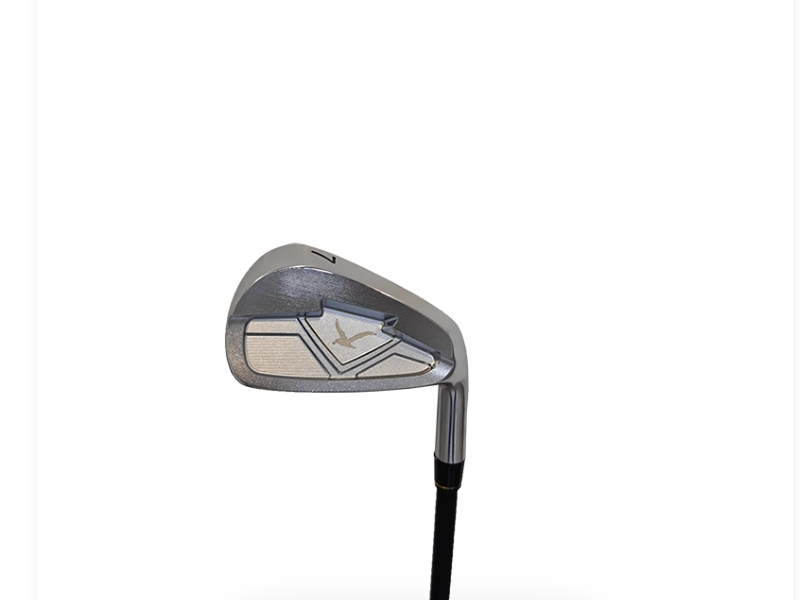
Lie Angle
When the bottom of the golf club head is close to the ground, the angle formed by the ground plane and the neck part of the club head is called the lie, which is also the angle between the shaft and the ground in this state. Some people say that the club head's face angle and the lie are as important as the governor and conception vessels of a person.
The lie mainly affects the direction and accuracy of the shot. Different people requires different lies to ensure the accuracy of the shot. If the lie does not match your body shape, posture and swing action, your shot will be very unreliable.
Every time we hit the ball, it is better to make the bottom of the club parallel to the ground, so that the ball will fly straight. If the toe (front end of the club head) is tilted, the shot may not be sweet, and it will produce a left-pull ball. We say that this club is too steep, and the lie should be adjusted lower, that is, the lie should be reduced.
Conversely, if the heel of the club is tilted when hitting the ball, the shot will deviate to the right, and the lie should be adjusted a little larger.


Loft Angle
The loft is the most important factor of a club. Drivers, hybrids, and special wedges are commonly marked with loft, but irons rarely have it marked. That is, the angle between the club face and the vertical line of the ground.
Loft can control ball speed, take-off angle, and backspin. These three factors determine the flight angle and distance of the ball.
Each club has a different loft, so different clubs can hit different distances. Even if the length of the entire set of clubs is the same, as long as the lie is different, the distance of the ball will be significantly different.
The smaller the angle, the lower the trajectory and the longer the distance; the larger the angle, the higher the trajectory. Usually, the loft of a No. 5 iron is 28 degrees, and the angle difference between two adjacent clubs is 4 degrees, and the distance difference after hitting the ball is 10~15 yards. Generally, the angle difference of consecutive clubs should not be less than 3 degrees or more than 5 degrees.
How far a club can hit depends on each person's swing speed, the lie and the take-off angle caused by them.
